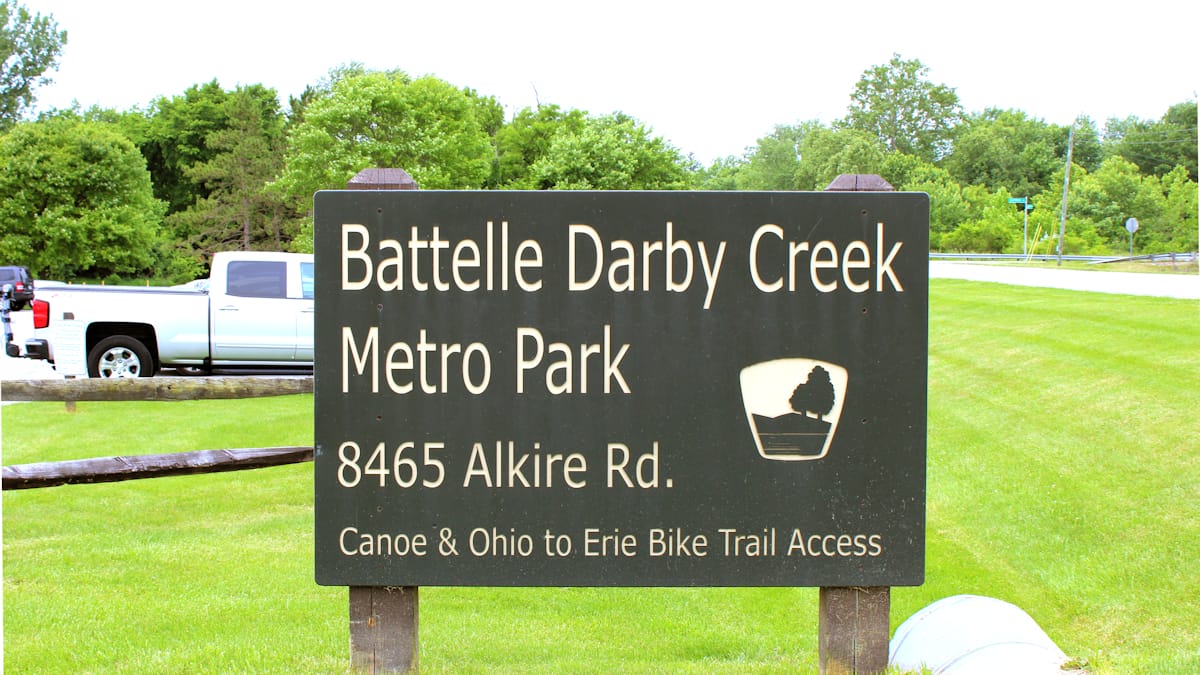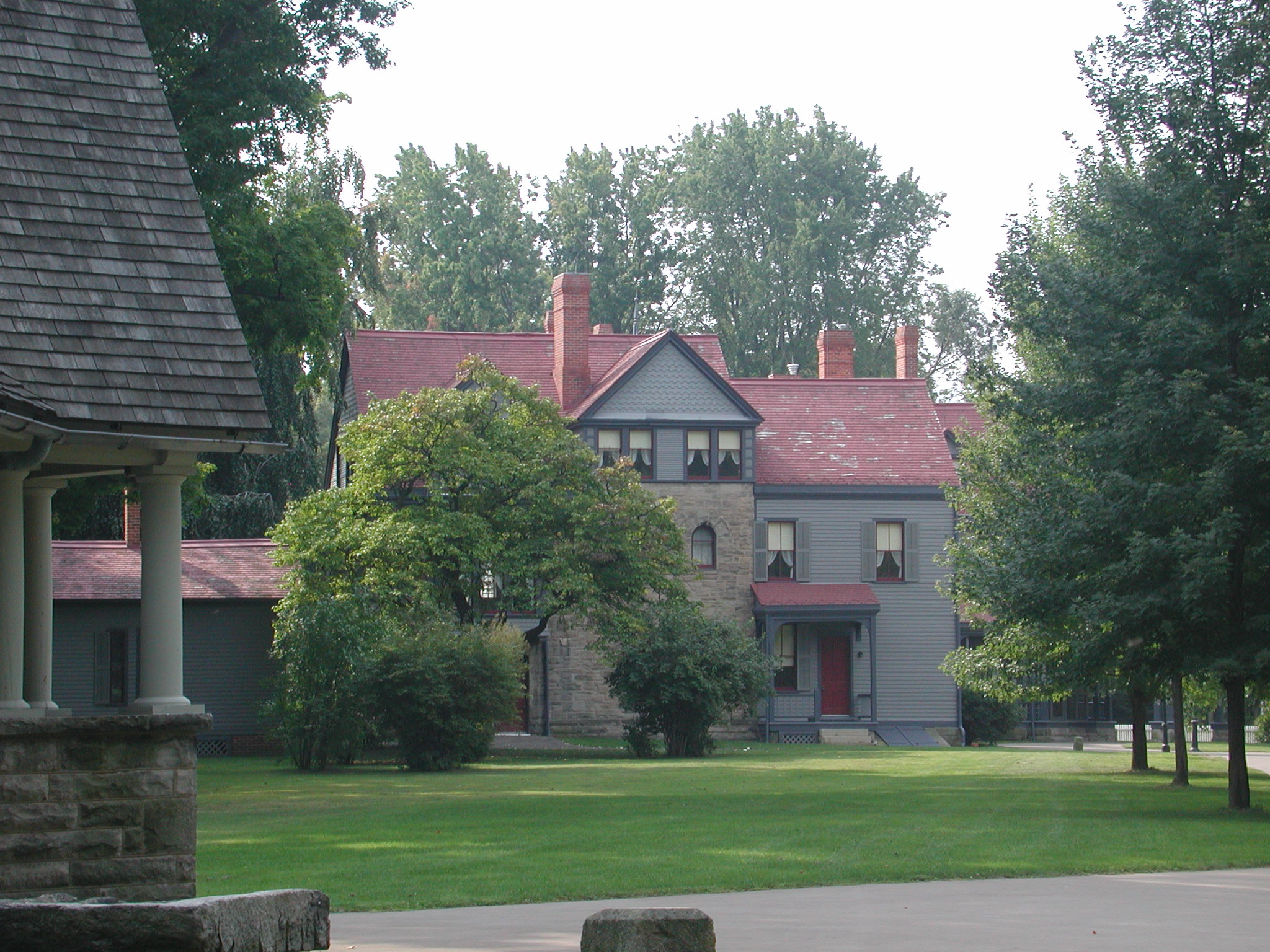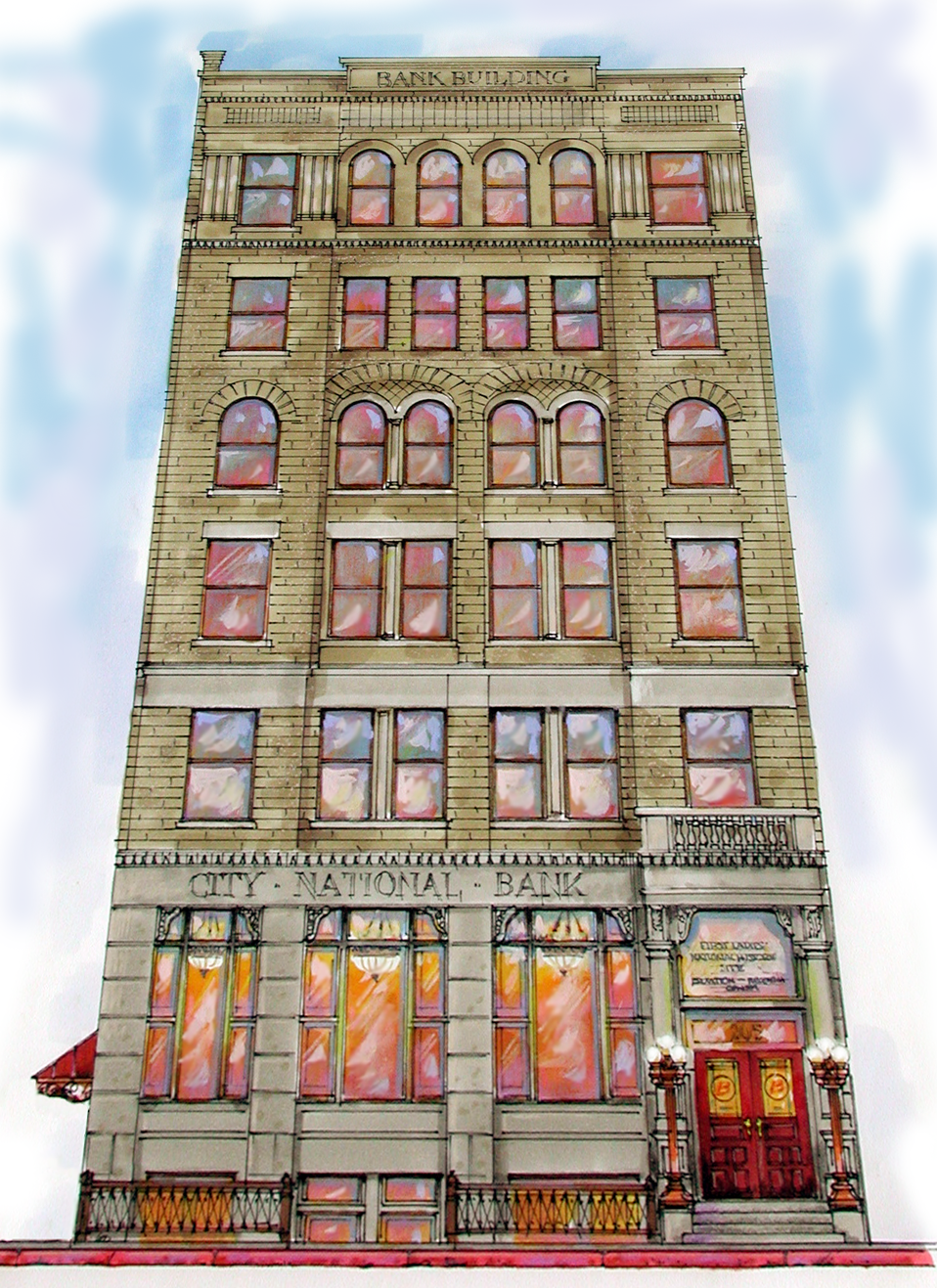Battelle Darby Creek Metro Park History
Battelle Darby Creek Metro Park has 7,196 acres of forest, prairies and wetlands. It stretches along 13 miles of the Big Darby Creek and the Little Darby Creeks. Both of the creeks are State and National Scenic Rivers.
In 1945 when the report for future park recommendations it included the Big Darby and Little Darby Creeks. The metro park organization began acquiring land for the park in 1950. The Darby Creek Metro Park opened to the public in 1959. At that time the park had a mere 119 acres.
During the 1960s the US Army Corps of Engineers planned to construct a dam on Big Darby Creek to help flood control in the Big Darby Creek Watershed, the Scioto River Basin, and the Ohio River Valley. Due to issues encountered, the project was put on hold and eventually decommissioned in 1978. In 1984, the park acquired the 834 acres earmarked for the dam.
Metro Parks wrote a proposal to the Board of Trustees of the Battelle Memorial Institute Foundation requesting a grant to acquire 2,440 acres of land. Battelle offered one million dollars to the project. Additional funding was provided the US Department of the Interior’s Heritage Conservation and Recreation Service and the US Federal Bureau of Outdoor Recreation. After this acquisition, the park was renamed as Battelle Darby Creek Metro Park.
Locations and Trails
The park encompasses lands and creek beds north & south of the confluence of the Big & Little Darby Creeks. The northern parcel lies just outside the town of West Jefferson (in Madison County). The park follows the Darby Creeks south past the village of Georgesville and continues towards the crossroads of Darbydale. Detached parcels of the park extend along Darby Creek to the village of Harrisburg (into Pickaway County). The different areas of the Battelle Darby Metro Parks are listed below along with a map of the trails and various trail details:
Please note that many trails are accessible from the different park areas and entrances listed on Battelle Darby Creek Metro Park’s website.
View the park map to find spots for fishing, picnicking, dog-friendly trails, wetlands, and areas with canoe access.
| Trail | Distance | Difficulty |
|---|---|---|
| Ancient Trail | 1.7 miles | Easy | Moderate |
| Camp Chase Trail | 12.5 miles | Easy | Moderate |
| Cobshell Trail | 0.8 miles | Moderate | Difficult |
| Darby Creek Greenway Trail | 8.3 miles | Easy |
| Dyer Mill Trail | 3.0 miles | Moderate | Difficult |
| Edgewood, Lake and Prairie Way Trails | 2.3 miles | Easy | Pets |
| Harrier Loop, Rail Way and Teal Trails | 3.0 miles | Easy| Moderate |
| Hawthorn | 0.8 miles | Easy | Moderate |
| Indian Ridge Trail | 0.6 miles | Moderate | Difficult |
| Osprey Lake Trail | 0.5 miles | Easy | Moderate |
| Riffle Run Trail | 0.2 miles | Moderate | Difficult |
| Terrace Trail | 2.1 miles | Moderate | Difficult |
| Turkey Foot Trail | 0.5 miles | Easy | Moderate |
| Wagtail Trail (dog trail) | 1.9 miles | Easy | Moderate |
Fort Ancient Mound
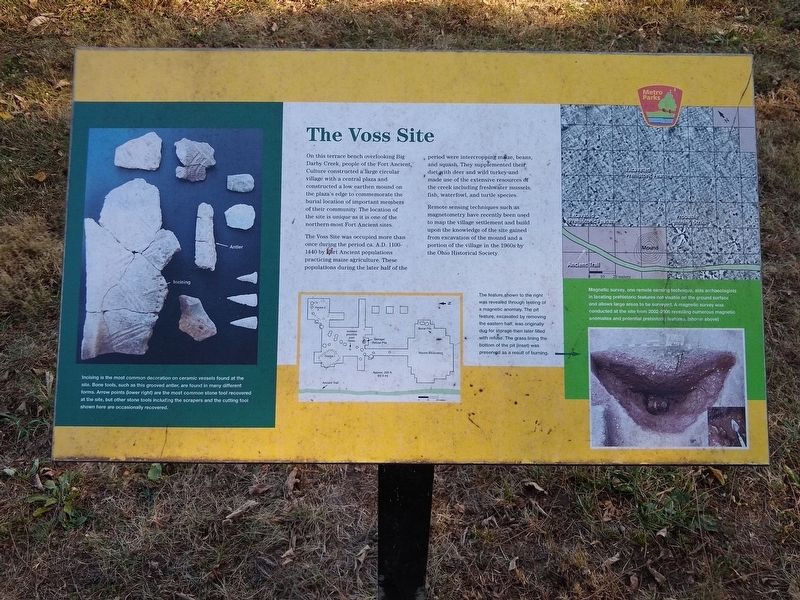
The Ancient Trail runs alongside Darby Creek and loops through fields and woods while passing a Fort Ancient mound. Some Ohio mounds were built during the Woodland period about 1000 BC by the Adena culture and others were built later by the Hopewell Culture from 200 BC to 500 AD. The most recent mound builders are known as the Fort Ancient people from 1000 to 1750 AD.
Archaeologists have uncovered arrowheads, scrapers and shards of ceramic bowl. Archaeologists have also found deer antlers that were fashioned into tools. In the 1960s the site was studied using magnetometry which allowed archaeologists to determine the layout of the village here without digging it up.


John Galbreath
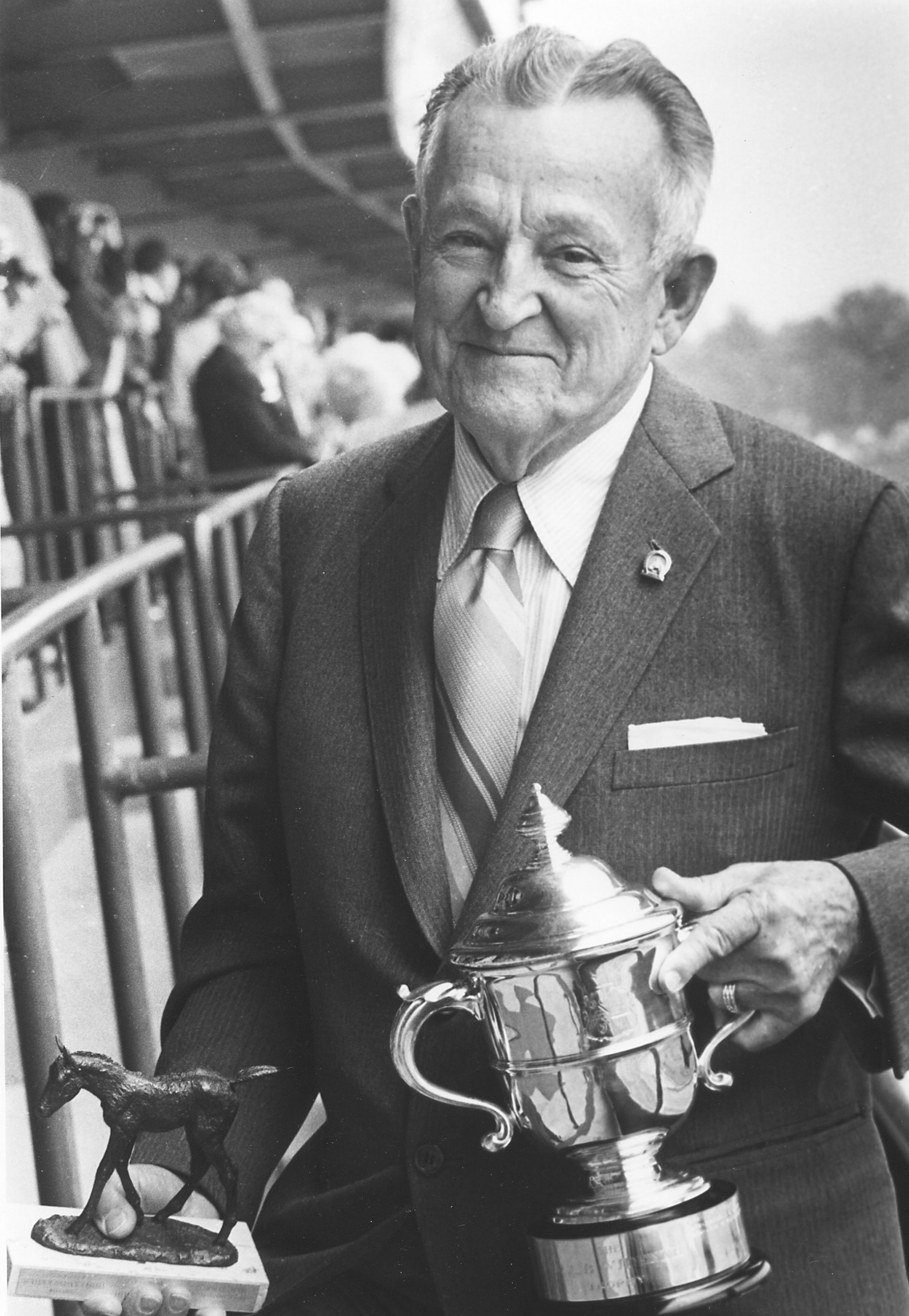
John Galbreath grew up in rural central Ohio. He was born August 10, 1897, and died July 20, 1988. He dealt in real estate transactions as a developer.
World War I interrupted his education; he served as a lieutenant in the field artillery before returning to graduate in 1920.
Soon afterward he went into the real-estate business with a college fraternity brother, founding John W. Galbreath and Co. in Columbus. His marriage to Helen Mauck produced two children, son Daniel and daughter Joan.
When Galbreath took up polo, he bought a stallion named Tommy Boy and several mares, with the idea of breeding polo ponies. But one of his fillies, Martha Long, won a $400 race at Beulah Park in Columbus in 1935, and that hooked him on racing. He bought a farm near Columbus in Galloway, Ohio, and named it Darby Dan Farm after his son and the Big Darby Creek, which ran across the land.
Born in Derby, Ohio, he grew up in Mount Sterling, Ohio, where he graduated from high school. He then graduated from Ohio University in 1920 and was a member of the Beta chapter of Delta Tau Delta International Fraternity. The non-denominational Galbreath Memorial Chapel on the Ohio University College Green was donated by Galbreath in memory of his first wife, Helen Mauck, who died in 1946.
In 1955, he married Dorothy Bryan Firestone, widow of Russell Allen Firestone of the Firestone Tire and Rubber Company. Galbreath met his second wife Dorothy through horse racing. She had been involved in the sport with her first husband and was very active with Darby Dan breeding and racing.
Thoroughbred horse racing
In 1935, Galbreath founded Darby Dan Farm (named for his son Dan and Darby Creek) near the Darby Creek in Galloway, Ohio. In 1949, he purchased the 650-acre property of Idle Hour Stock Farm in Kentucky and renamed it Darby Dan Farm.
The Darby Dan Farm raced several champion horses. John Galbreath is one of only four men to have raced both a Kentucky Derby winner and an Epsom Derby winner. The others are Paul Mellon, Michael Tabor, and Prince Ahmed bin Salman.
In the early 1950s, he served as chairman of the Greater New York Association. During his time, he oversaw the construction of the new Aqueduct Racetrack and the extensive rebuilding of Belmont Park.
In 2018, Galbreath was voted into the National Museum of Racing and Hall of Fame as one of its esteemed Pillars of the Turf.
Galbreath died in Galloway, Ohio, three weeks prior to his 91st birthday.

BASEBALL ACCOLADES
Also, he was famous as the owner of the Pittsburgh Pirates baseball team for 40 years.

Pittsburgh Pirates and the Galbreath's
Frank McKinney, a cigar-puffing Indianapolis banker who owned the city’s Triple-A team, was seeking investors to buy the Pittsburgh Pirates. On Trautman’s recommendation, Galbreath joined McKinney’s syndicate as a minority shareholder, along with singer Bing Crosby and Pittsburgh attorney Thomas Johnson. They closed the deal in August 1, 1946.
- The Galbreath's won the World Series four times – (Pittsburgh Pirates 1960, 1971 and 1979) (Washington Nationals 2019)
- Only family to have won the Word Series with two different baseball teams.
- Only family to have three generations in baseball ownership.
He owned Darby Dan Farms, well-known locally for its miles of white fencing and green and white buildings, as well as an airstrip and a horse racetrack.
The Galbreath family donated and then sold some land to the Metro Parks system, and some of his property was incorporated into Battelle Darby Creek Metro Park along the greenway trail. Included on this property was a racehorse barn with an indoor track and an outdoor 1-mile racehorse track. A few years ago, repairs and improvements were made to this property so that hikers can see a bit of history as well as nature along the greenway trail.
Bison
Wild bison nearly went extinct due to overhunting. However, wild bison were relocated to Batelle Darby Creek 10+ years ago through a partnership with The Wilds, an animal conservation non-profit with the Columbus Zoo.
The relocation came as an effort to restore the population of bison in Ohio. In turn, it has brought Ohioans the chance to view these massive mammals in the wild again. And although the bison are in the wild, they are still checked on by vets, and they receive vaccines to stay healthy.
Catch them grazing at your next visit to the 7,000-acre metro park, as they roam freely year-round in enclosed pastures. The two bison pastures can be viewed best from the Darby Creek Greenway trail.
Personal Experiences
The first time I found out about Battelle Darby Creek Metro Park, I was working for the State of Ohio, Department of Development, Office of Community Development. We had a manager's retreat every year at different metro parks. I was amazed by the size of the park, the bison, and of course the beauty of the park.
However, with having other Metro Parks like Blacklick Woods and Slate Run nearby, it was several years before I actually hiked there.
After my foot surgery for bunion removal, we took our first hike there. We took the Cobshell Trail, the Terrace Trail and the Ancient Trail. The trails were amazing with lots of hills for cardio.

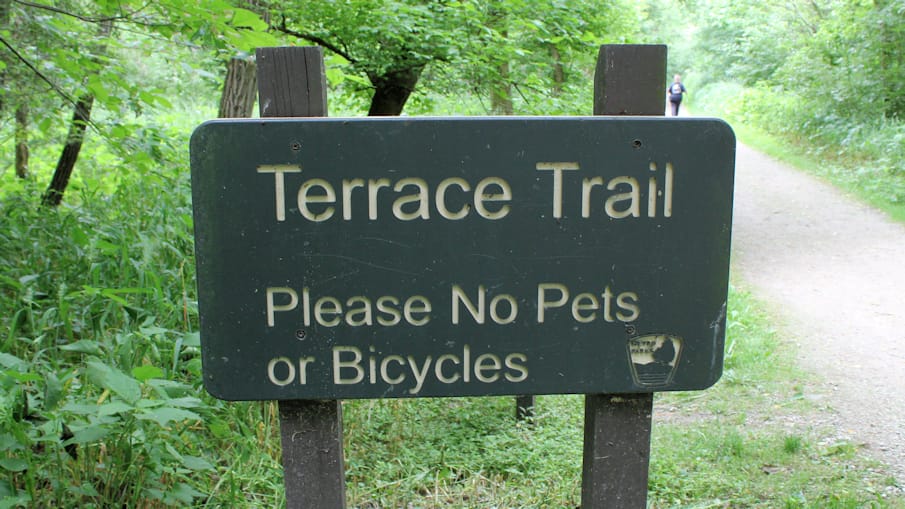

Here are some pictures:
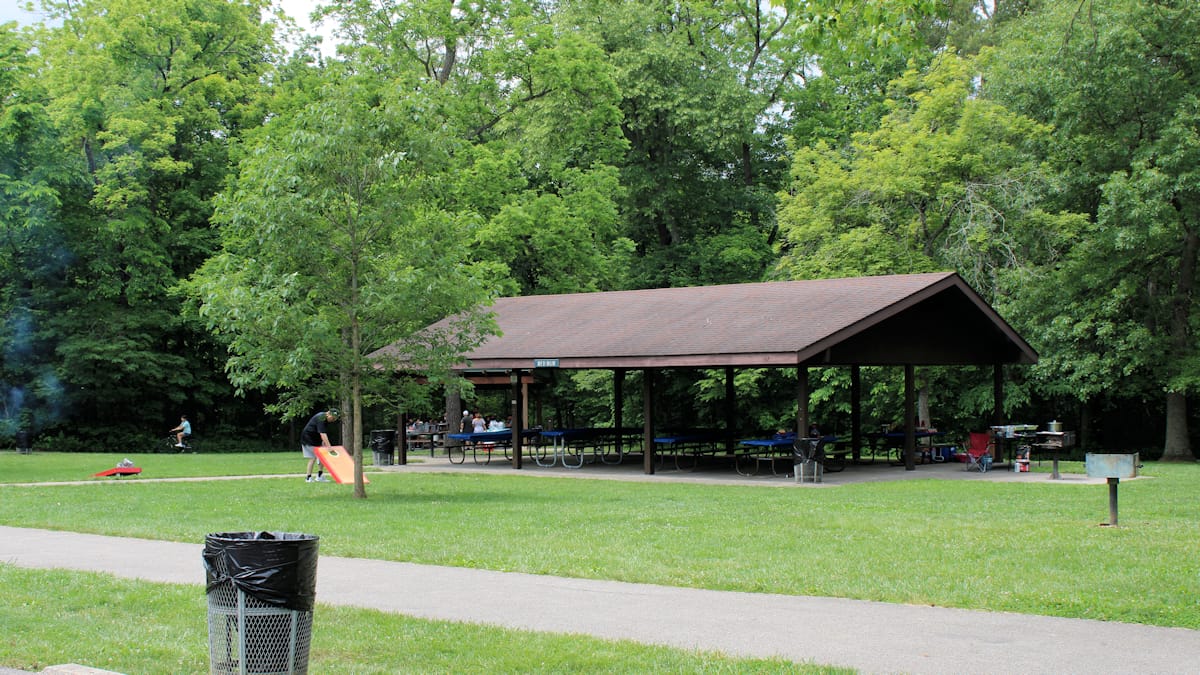
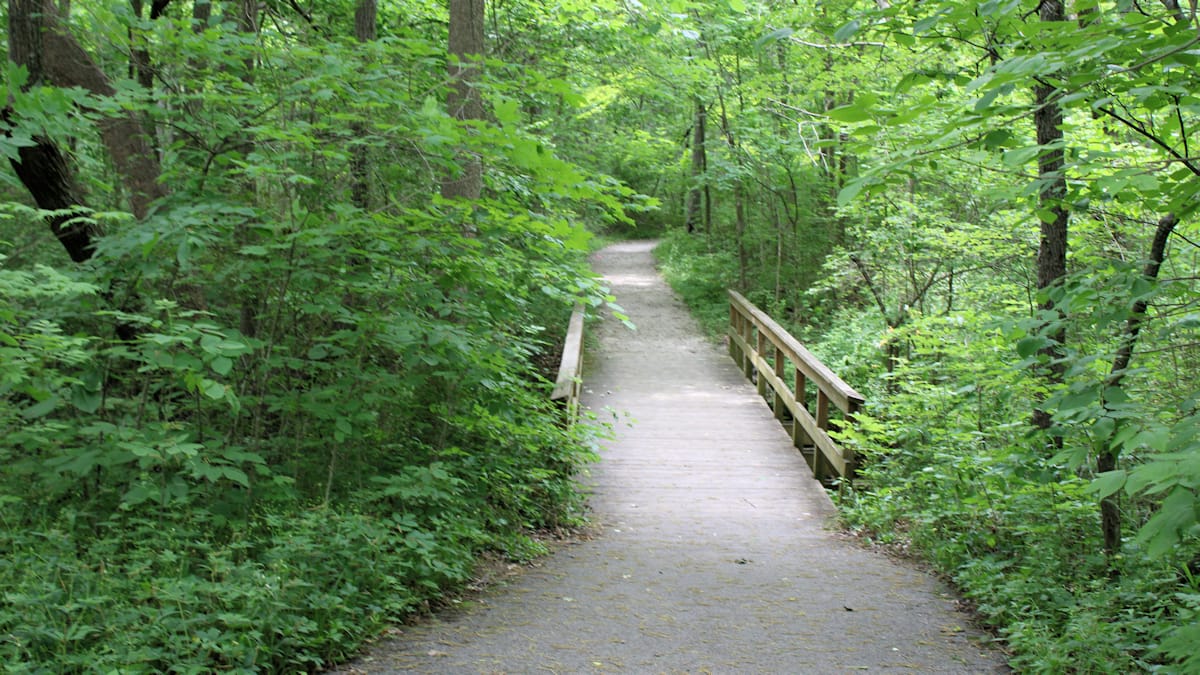
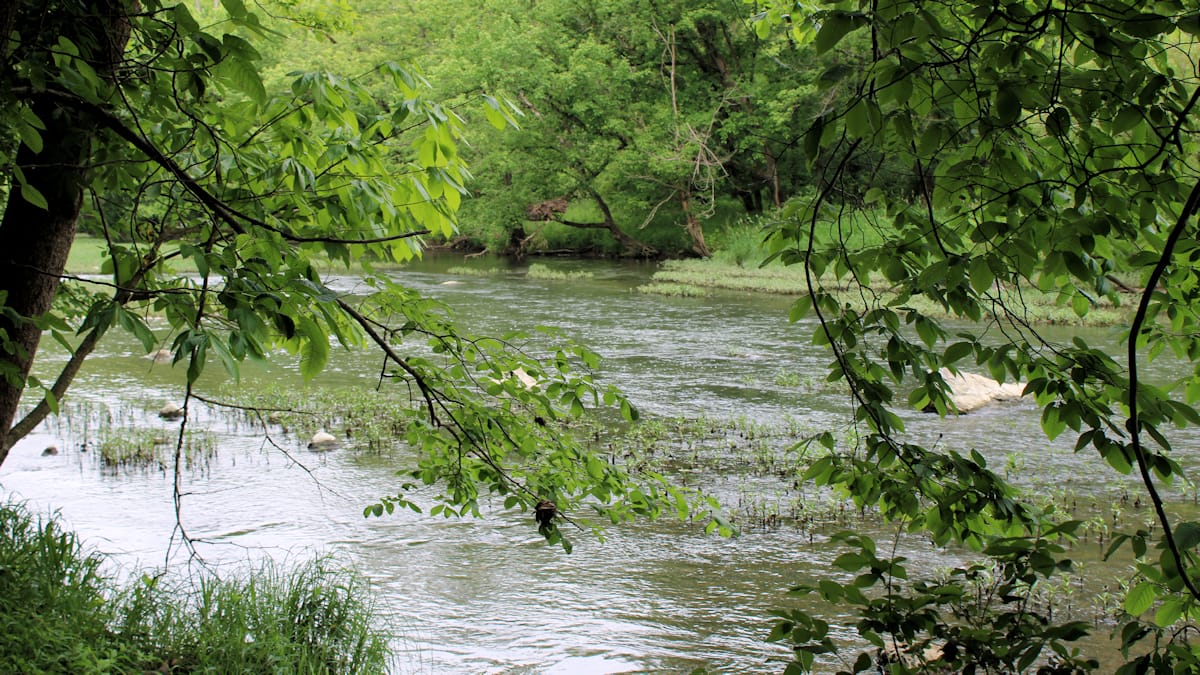

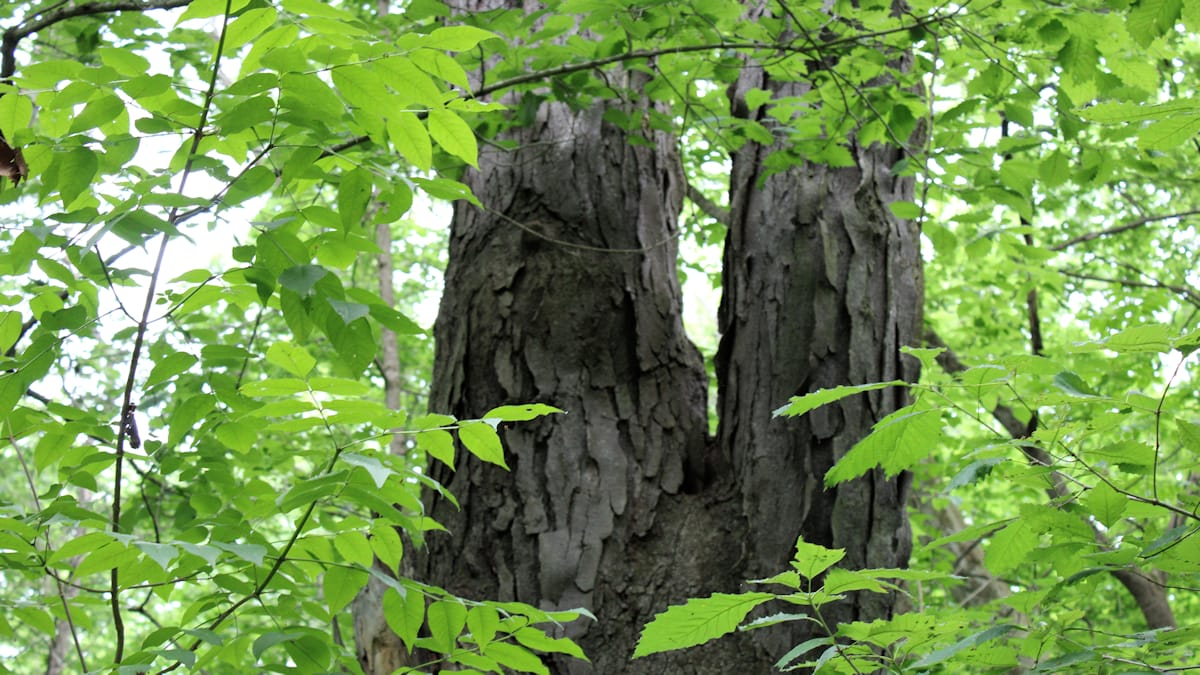

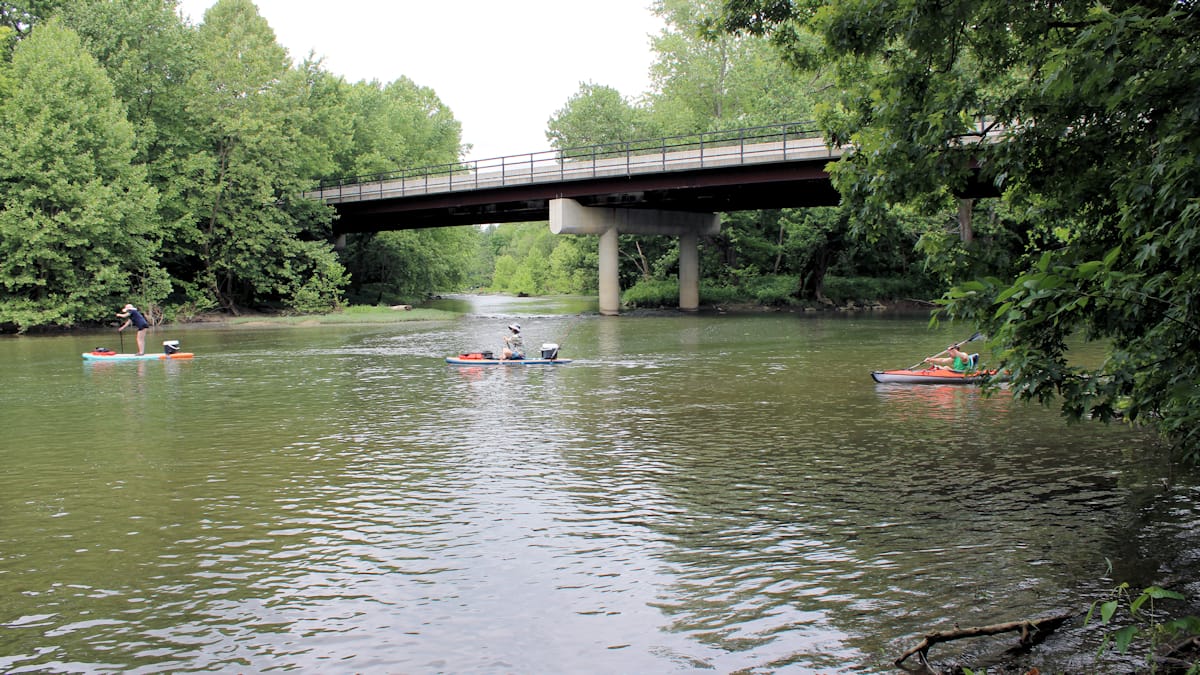
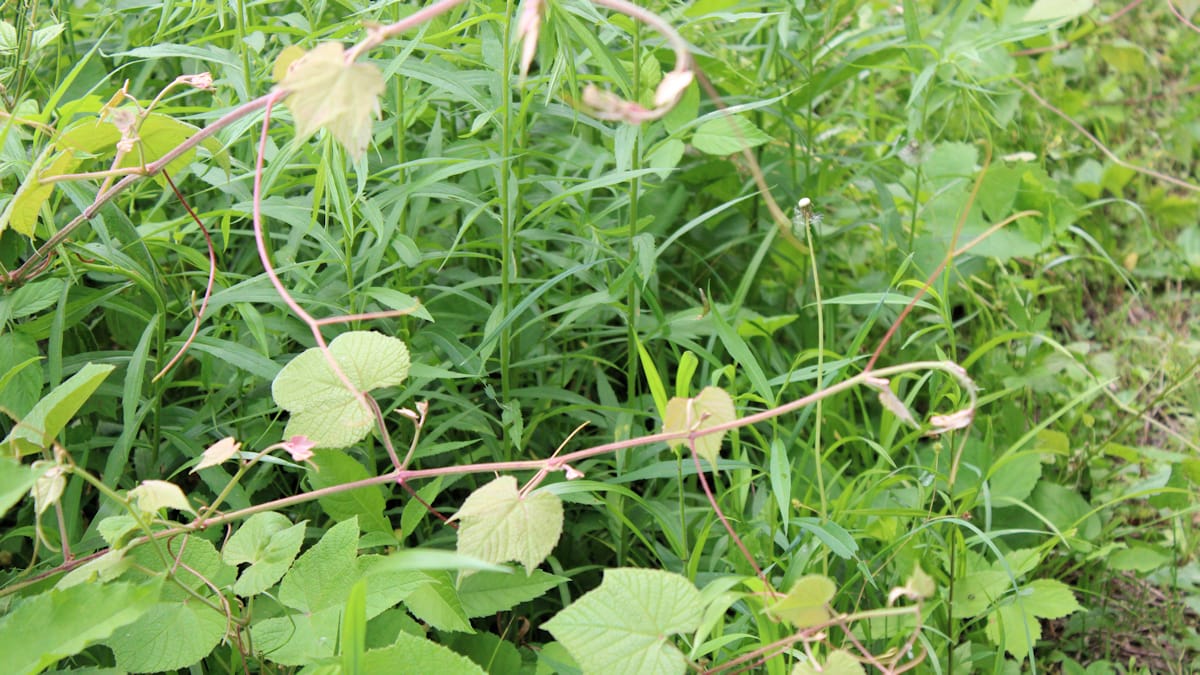
If you haven't visited Battelle Darby Creek Metro Park, this park is definitely worth a visit.
If you have something you would like to submit to have posted on this website, such as a blog submission or a new hiking trail you think we should check out, please contact us below!
